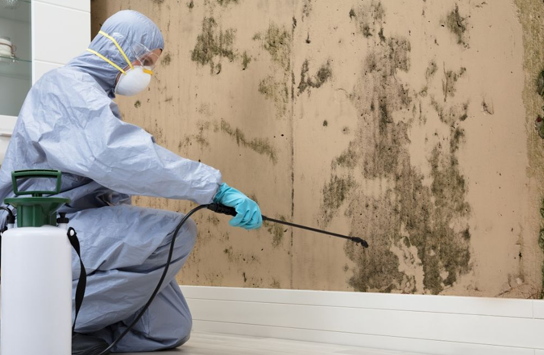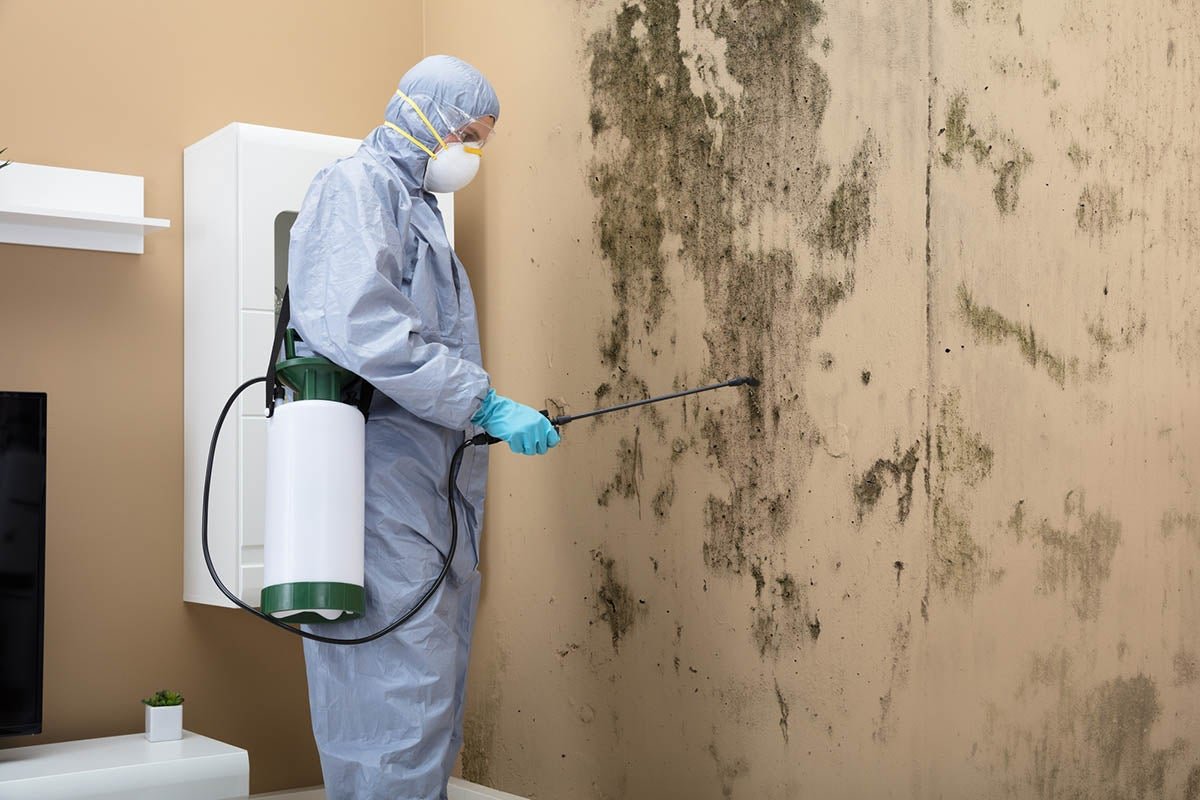As a homeowner, protecting your property from flood water damage is crucial, especially if you live in an area prone to flooding. At Edwards Property Remediation, we understand the devastating impact that flood water can have on your home and possessions.
To help you minimize damage and ensure the safety of your family, we’ve put together this comprehensive guide on how to prepare for flood water damage.
Understanding Flood Risks
The first step in preparing for potential flood water damage is understanding the risks specific to your area. Here are a few tips to help you assess your flood risk:
- Know Your Flood Zone: Use FEMA’s Flood Map Service Center to determine if your property is in a flood zone.
- Check Local Resources: Local government websites often provide information about flood risks and historical flood data.
- Stay Informed: Sign up for emergency alerts and weather updates from reliable sources to stay informed about potential flooding events.
Preparing Your Property
Taking proactive steps to protect your property can significantly reduce the damage caused by flood waters. Here are some essential preparations:
1. Install Flood Barriers
Invest in flood barriers or sandbags to protect your home’s entry points, such as doors, windows, and garage openings. These barriers can help keep water out and prevent severe damage.
2. Seal Cracks and Openings
Inspect your home for any cracks or openings in the foundation, walls, and basement. Seal these areas with waterproof materials to prevent water from seeping in during a flood.
3. Elevate Utilities
Elevate electrical appliances, HVAC systems, and other utilities above potential flood levels. This can prevent costly damage and reduce the risk of electrical hazards.
4. Install Sump Pumps
A sump pump can be a lifesaver during a flood. Ensure your sump pump is in good working condition and consider installing a battery-operated backup pump in case of power outages.
Creating an Emergency Plan
An emergency plan is essential for ensuring your family’s safety during a flood. Here’s how to create an effective plan:
1. Develop a Family Communication Plan
Ensure all family members know how to communicate and where to meet if you get separated. Designate a safe meeting place outside the flood zone.
2. Prepare an Emergency Kit
Your emergency kit should include essential items such as water, non-perishable food, medications, flashlights, batteries, a first aid kit, and important documents. Keep your kit in an easily accessible location.
3. Know Evacuation Routes
Familiarize yourself with local evacuation routes and shelters. Practice evacuation drills with your family to ensure everyone knows the plan.
Protecting Your Valuables
Flood waters can cause significant damage to your personal belongings. Here are some tips to protect your valuables:
1. Move Items to Higher Ground
Move important items, such as documents, electronics, and sentimental belongings, to higher levels of your home. Store them in waterproof containers for added protection.
2. Create Digital Copies
Scan important documents and store digital copies on a cloud service. This ensures you have access to critical information even if the physical copies are damaged.
3. Purchase Flood Insurance
Standard homeowners insurance doesn’t cover flood damage. Consider purchasing flood insurance through the National Flood Insurance Program (NFIP) to protect your property financially.
During a Flood
During a flood, prioritize safety above all else. Here’s what to do:
1. Stay Informed
Keep a battery-powered radio or a smartphone handy to receive updates from local authorities.
2. Follow Evacuation Orders
If local authorities issue an evacuation order, follow it immediately. Don’t wait until the last minute to leave your home.
3. Avoid Flood Waters
Flood waters can be hazardous. Avoid walking or driving through flooded areas, as water may be deeper than it appears and can hide dangerous debris.
After a Flood
Once the flood waters recede, it’s time to assess and address the damage. Here’s how to start the recovery process:
1. Contact Edwards Property Remediation
Our team at Edwards Property Remediation is ready to assist you with water damage assessment and restoration. Contact us immediately for professional help.
2. Document the Damage
Take photos and videos of the damage for insurance purposes. Keep records of any repairs and expenses related to the flood.
3. Begin the Cleanup Process
Start the cleanup process as soon as it’s safe to do so. Wear protective gear and follow safety guidelines to prevent health hazards.
Conclusion
Preparing for flood water damage can make a significant difference in protecting your home and ensuring your family’s safety. By taking proactive steps and having a solid emergency plan, you can minimize the impact of floods and recover more quickly.
Remember, Edwards Property Remediation is here to help you every step of the way. Contact us for expert water damage restoration services and peace of mind. Stay safe and stay prepared!




